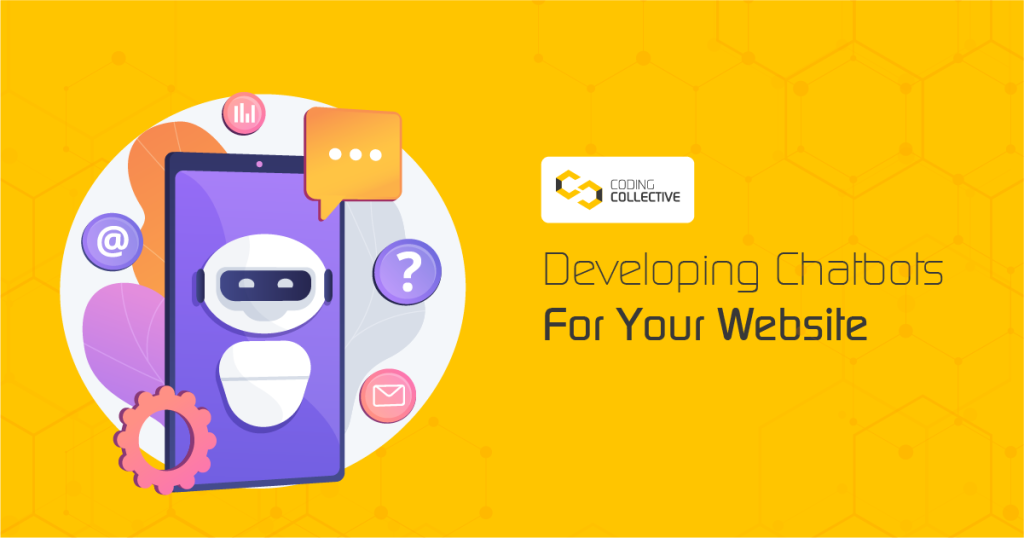
Developing Chatbots for Your Website: How to build a chatbot to interact with your website’s visitors and improve their experience
Chatbots have become a popular tool for enhancing the customer experience on websites. A chatbot is a computer program that uses artificial intelligence to simulate conversations with human users. By providing instant responses to customer queries and helping them navigate your website more easily, chatbots can improve customer satisfaction and drive business results.
In this blog, we will explore the steps you need to take to build a chatbot for your website.
Step 1: Determine the purpose of your chatbot
The first step in developing a chatbot for your website is to determine its purpose. What type of interactions do you want your chatbot to handle, and what are its main goals? For example, you may want your chatbot to answer frequently asked questions, guide visitors to specific pages on your website, or help them make a purchase.
Once you have determined the purpose of your chatbot, you can start thinking about the specific features and functionality you want to include. This will help you make informed decisions when choosing a chatbot platform and designing your chatbot’s conversational flow.
Step 2: Choose a chatbot platform
There are many different platforms available for building chatbots, including Dialogflow, TensorFlow, and Microsoft Bot Framework. When choosing a platform, consider your specific requirements, such as the level of customization you need, the type of data you want to collect, and the type of conversational flow you want to create.
Once you have chosen a platform, you can start setting up your chatbot and defining its conversational flow.

Step 3: Define your chatbot’s personality
One of the key elements of a successful chatbot is its personality. A chatbot with a well-defined personality can make a strong connection with your website’s visitors, creating a more engaging and enjoyable experience.
When defining your chatbot’s personality, think about your brand and target audience. What tone of voice and style of communication will resonate with them? You may also want to consider incorporating humor, empathy, and other elements that will make your chatbot feel more human.
Step 4: Design your chatbot’s conversational flow
The conversational flow of your chatbot is the sequence of interactions it will have with your website’s visitors. This includes the questions it will ask, the information it will gather, and the responses it will provide.
When designing your chatbot’s conversational flow, think about the user experience. What information do your visitors need, and how can your chatbot provide it in a clear and concise way? You may also want to include branching logic so that your chatbot can respond to different inputs in different ways.
Step 5: Train your chatbot
Once you have designed your chatbot’s conversational flow, you can start training it. This involves using sample conversations and real customer interactions to ensure that your chatbot’s responses are accurate and helpful.
When training your chatbot, think about the types of questions and issues that your visitors may encounter. Use this information to create training data that will help your chatbot respond effectively to a wide range of inputs.
Step 6: Test and refine
The final step in developing a chatbot for your website is to test it thoroughly. This will help you identify any bugs or areas for improvement, and ensure that your chatbot provides the best possible experience for your visitors.
When testing your chatbot, think about the user experience. How does it handle different types of inputs, and how does it respond to different questions and requests? Make any necessary refinements to refine the user experience.

